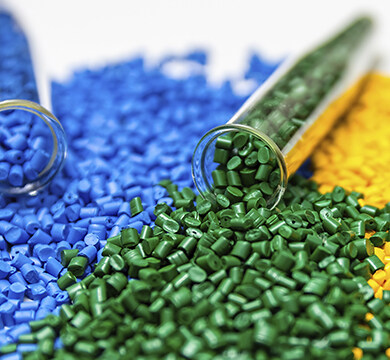Email format error
Email cannot be empty
Email already exists
6-20 characters(letters plus numbers only)
The password is inconsistent
Please enter the email address you’d like your password reset information sent to.
Email format error
Email cannot be empty
Email does not exist
Reset account password
For the account
6-20 characters(letters plus numbers only)
The password is inconsistent
Reset success
Your password was reset. You can log in using your new password.
Login

PA66 GF33 F0733
PA66 GF33 F0733
Glass Filled: 33%
(Custom materials available according to your Technical Data Sheet)
Contact us
Inquiry Basket
Product Code:
PA66 GF33 F0733
OEM:
Available
Sample:
Available
Payment:
T/T
Place of Origin:
China
Supply Ability:
3000 ton per Month
- Product Details
-
Download
Contact us
PRODUCT TAGS









